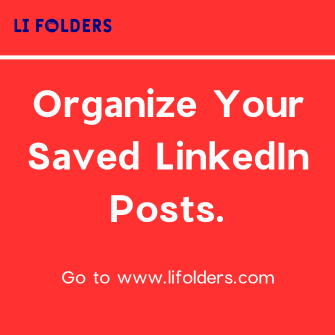
When you delete a LinkedIn message, it vanishes from your inbox, but not necessarily from the recipient's side. This means that while you can't see it anymore, the other person involved might still have access to it. LinkedIn's data retention policy allows stored messages on their servers for a set period before they're permanently erased, meaning there's a window where a message isn't completely gone. Be mindful of what you send since it might linger longer than you expect. As you explore further, you'll uncover more insights about how LinkedIn handles your deleted messages and their impacts on your networking efforts.
Understanding LinkedIn's Message Deletion
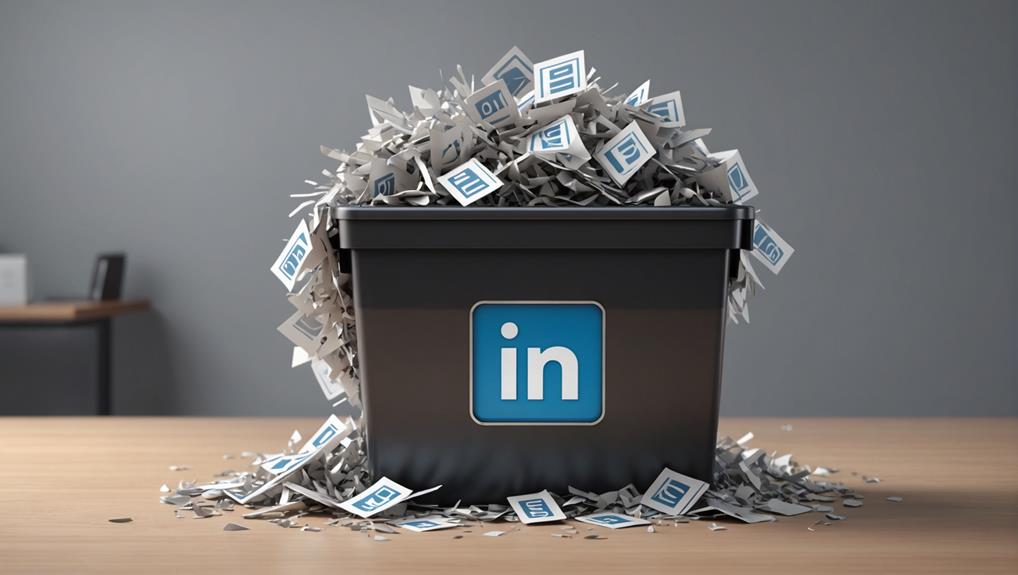
When you delete a message on LinkedIn, it's removed from your inbox but not necessarily from the recipient's conversation history. This means that while you've cleared your side of the conversation, the person you've communicated with might still have a record of what was said. It's like pulling a page out of your diary while the memory remains intact with someone else.
You might wonder why this matters. In the world of professional networking, every interaction can contribute to how you're perceived. Ensuring clarity and maintaining good relationships through communications is crucial. If a message no longer reflects your current thoughts or if it was sent in error, knowing it might still be out there can feel unsettling.
How to Delete LinkedIn Messages
Now, let's explore how you can delete messages on LinkedIn. Remember, you're part of a community where clear communication can make a big difference. Whether it's to keep your inbox tidy or just to remove something you've sent by mistake, deleting messages is straightforward.
First, you'll need to log into your LinkedIn account and head to the messaging area. You can find this either by clicking on the messaging icon at the top of your homepage or by navigating directly to the 'Messaging' section. Here, you'll see all your conversations lined up.
To delete a specific message within a conversation, hover your mouse over the message. You should see a three-dot icon appear. Click on this icon, and you'll see an option to 'Delete'. Once you click 'Delete', LinkedIn will ask you to confirm your action. Confirming this will remove the message from your conversation thread.
If you wish to delete an entire conversation, the process is similar. Click on the three-dot icon at the top of the conversation. Select 'Delete conversation'. Confirm your choice, and the entire thread will disappear from your inbox. You're keeping your digital space just as you like it—clean and organized.
Can Deleted Messages Be Recovered?
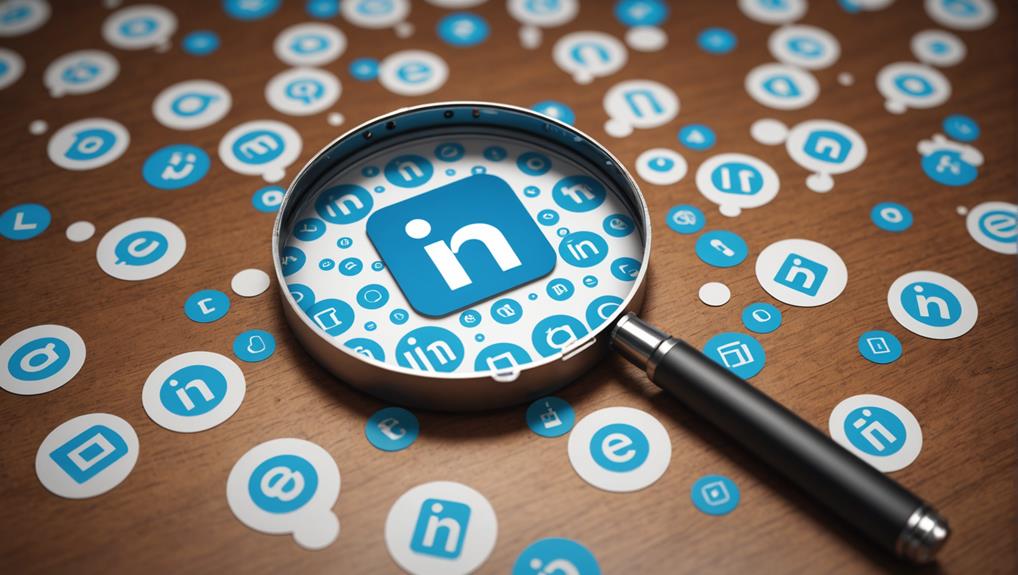
Can you recover deleted LinkedIn messages once they're gone? It's a question that might make you feel a bit anxious, especially if you've accidentally deleted a message or an entire conversation that was important to you. The truth is, once you delete a message on LinkedIn, it's typically removed from your view immediately. However, don't lose hope just yet!
Although the platform doesn't provide a straightforward "undo" option, there are a few steps you can take to possibly retrieve what you've lost. First, check if the other person involved in the conversation still has the messages and can forward them to you. This method relies heavily on community and mutual assistance, which is really what LinkedIn is all about—helping each other out in times of need.
If that doesn't work, consider checking your email notifications, especially if you have email alerts set up for LinkedIn messages. Sometimes, these emails can contain the content of the messages you've lost. It's not a perfect solution, but it can be a lifesaver in recovering the vital information you thought was lost forever.
LinkedIn's Data Retention Policy
LinkedIn's data retention policy determines how long your deleted messages are stored on their servers before they're permanently erased. This means that even after you hit 'delete', your messages aren't immediately lost forever. They're kept for a specific period, giving you a safety net in case you need to retrieve them for any reason.
You might wonder why they'd keep your messages after you've decided to delete them. It's about ensuring that if something goes wrong or you change your mind, you're not left in the cold. This retention period is like a grace period for your digital interactions, part of the community safety net that LinkedIn provides its members.
However, it's also important to know that this isn't an indefinite storage. There comes a point when the data is permanently removed from LinkedIn's servers, adhering to privacy standards and managing server space effectively. You're part of a network that values both connection and privacy, managing data with care to foster a trusted environment.
Privacy Concerns With Deleted Messages
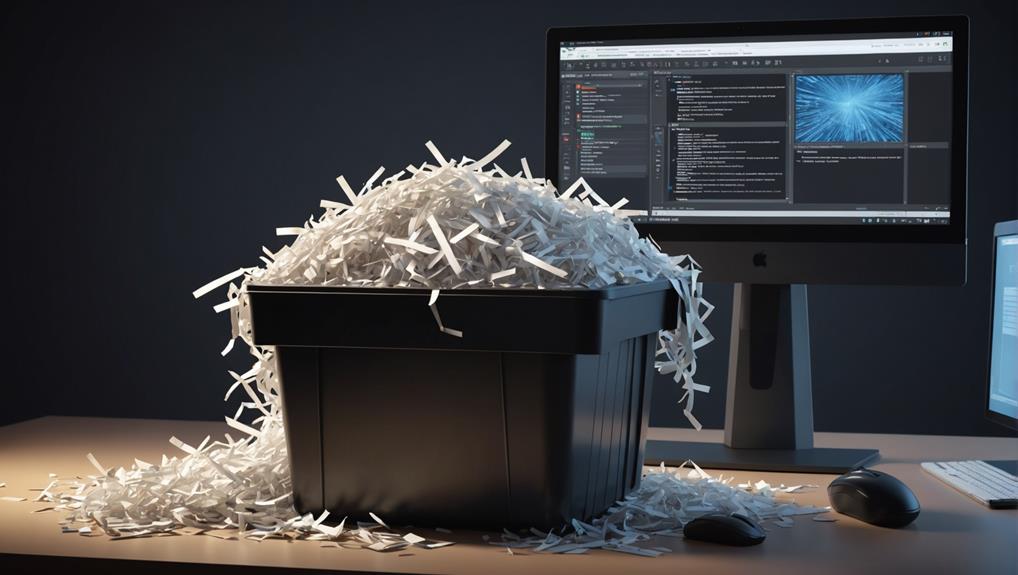
Why should you be concerned about the privacy of your deleted LinkedIn messages? When you hit "delete," you might think you're safely erasing private conversations, but that isn't always the case. It's important to recognize that, just like you, everyone wants to feel secure in their digital interactions. You're not alone in worrying about who might still be able to see these messages.
LinkedIn, as a professional platform, holds a vast amount of sensitive data. Your deleted messages may not vanish immediately and could be stored on servers for an extended period. This retention can pose a risk if there are data breaches. Imagine if confidential information you thought was deleted ended up in the wrong hands. It's a concern that affects you and the community you belong to on LinkedIn, as trust is a cornerstone of professional networking.
You're right to question and be cautious about where your data ends up. It's about protecting not just your own information but also respecting and securing the exchanges you've had with others in your network. This mutual understanding and vigilance help maintain the integrity and trustworthiness of your professional circle.
Steps to Retrieve Old Messages
To retrieve old LinkedIn messages, start by accessing your account's messaging archive. You're not alone in wanting to look back on past conversations, whether for rekindling old professional relationships or revisiting valuable advice. Here's how you can dip into your message history and reconnect with your community:
First, log into your LinkedIn account. On your homepage, navigate to the 'Messaging' section. You'll find an option titled 'More', usually symbolized by three dots or a small arrow pointing downwards. Click on it and select 'Download messages and invitations'. This action prompts LinkedIn to compile your data, including messages, into an archive.
After requesting your archive, LinkedIn will notify you usually via email when your data is ready to download. This process might take about 10 minutes or up to 24 hours. Once you receive the email, follow the provided link back to the download page on LinkedIn. Here, you can download the archive, which typically comes in a .zip format.
Extract the file on your computer, and you'll have access to all your old messages. It's like opening a time capsule, where you're stepping back into the conversations that have shaped your professional journey. Feel empowered to reach out again and strengthen those ties.
Impact of Deleting Messages on Networking
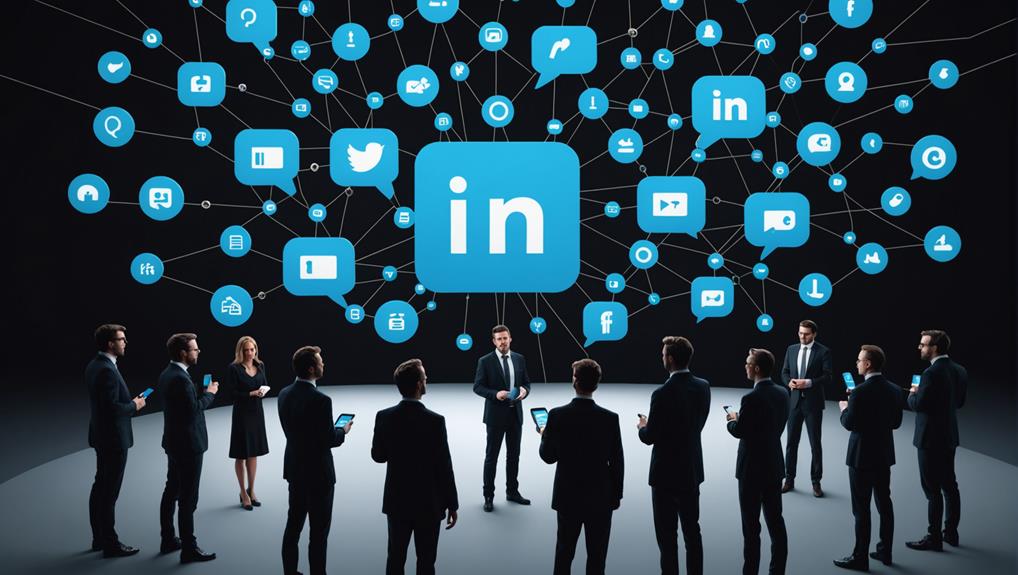
Deleting messages can significantly hinder your ability to reconnect with professional contacts and reference past conversations, potentially stalling networking opportunities. When you're building your professional network, every interaction counts. Deleting a message might seem like a small action, but it can have big implications. You're not just erasing words; you're potentially losing a thread that could lead to new opportunities or deeper relationships.
Imagine reaching out to someone you met at a conference last year. You remember having a great conversation but can't recall the specifics. If you've deleted that initial exchange, you're missing a key piece of your shared history. You'll find that reconnecting without this context can feel awkward and impersonal, making it harder to re-establish that sense of camaraderie.
Keeping your messages intact helps you maintain a continuous narrative with each contact. It's like building a bridge, one interaction at a time. Every message you save is a plank in that bridge. So, think twice before you hit delete. You might be discarding more than just words; you could be letting valuable connections slip through your fingers. In the realm of professional networking, keeping those connections alive is crucial.
Comparing Linkedin With Other Platforms
While keeping your messages on LinkedIn is important, it's useful to see how message retention compares on platforms like Facebook or Twitter. On Facebook, you can delete messages, but they'll remain visible to the other person unless they also choose to delete them. It's a bit like being in a community where everyone has a say in the memory book. On Twitter, when you delete a direct message, it disappears from both your side and the recipient's—think of it as a conversation that can be mutually erased, promoting a clean slate.
LinkedIn, in contrast, operates differently. If you delete a message on LinkedIn, it will disappear from your inbox but not from the recipient's. This means you're part of a professional network where your words have permanence, underscoring the importance of thoughtful communication. It's like leaving a digital footprint in a professional community, where every interaction can contribute to or detract from your reputation.
Understanding these differences helps you navigate each platform according to its culture and norms. It's all about finding where you fit best and how you can maintain connections that are respectful, professional, and meaningful.
Tips to Manage LinkedIn Messages
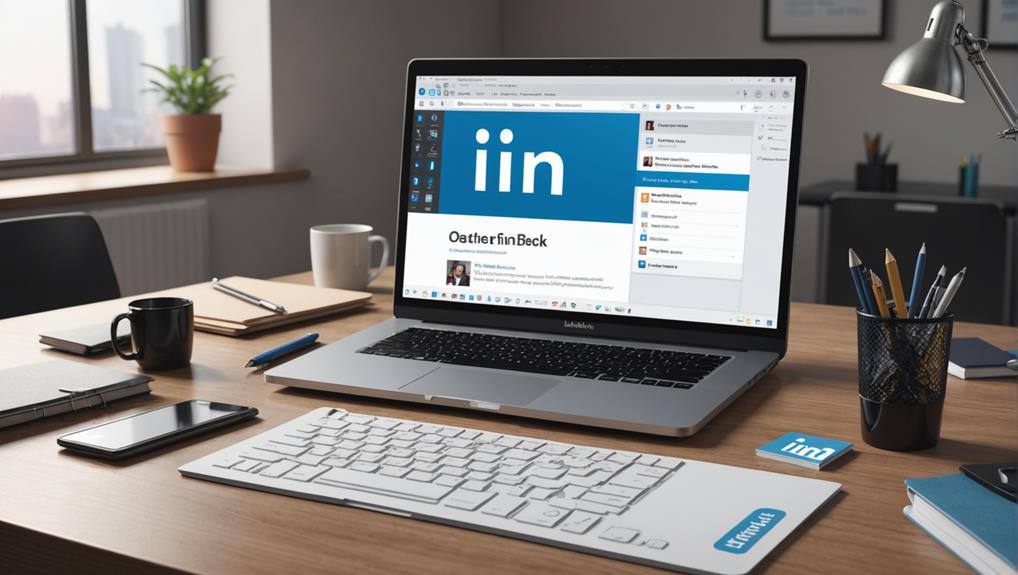
Managing your LinkedIn messages effectively can enhance your professional communication and keep your inbox organized. Here's how you can stay on top of things and make sure you're always part of the conversation.
Firstly, make use of LinkedIn's filtering options. You can sort messages by unread, connections only, or even by date. This way, you'll never miss a message from a potential collaborator or mentor in your network. It's all about staying connected and feeling included in your professional circle.
Set aside a specific time each day to check your LinkedIn messages. Consistency is key to maintaining relationships and ensuring you're actively engaging with your network. You're not just managing an inbox; you're nurturing potential opportunities.
Don't forget to customize your notifications. If you're waiting on a reply for a job application or a project proposal, adjust your settings to alert you immediately. This prompt response not only shows your professionalism but also that you value the interaction and the person's time.
Lastly, keep your conversations organized by archiving messages once you've dealt with them. This cleans up your space and helps you focus on current engagements. Remember, every message is a potential gateway to new opportunities. Keep your inbox clear and your network strong.
Future of Data Privacy on LinkedIn
As you organize your LinkedIn messages, it's also important to consider how the platform handles your data privacy looking ahead. In this ever-evolving digital age, LinkedIn is becoming more aware of its responsibility to protect your personal information. It's essential that you feel safe and valued as part of the LinkedIn community, knowing that your interactions and data are secure.
Moving forward, expect to see LinkedIn implementing stronger data privacy measures. They're likely to introduce more transparent privacy policies and enhanced security features to ensure that your data isn't just treated as a commodity, but respected as a part of your personal and professional identity. This might include better tools for you to control who sees what and more straightforward ways to manage your data preferences.
Conclusion
You've seen how LinkedIn handles message deletions and their data retention policy. Remember, once you delete a message, recovering it isn't straightforward. Always think about the potential networking opportunities you might lose before hitting delete. As you manage your LinkedIn messages, keep privacy in mind. With ongoing changes in data privacy, staying informed is crucial. So, keep an eye on updates to ensure your LinkedIn interactions remain both productive and secure.






